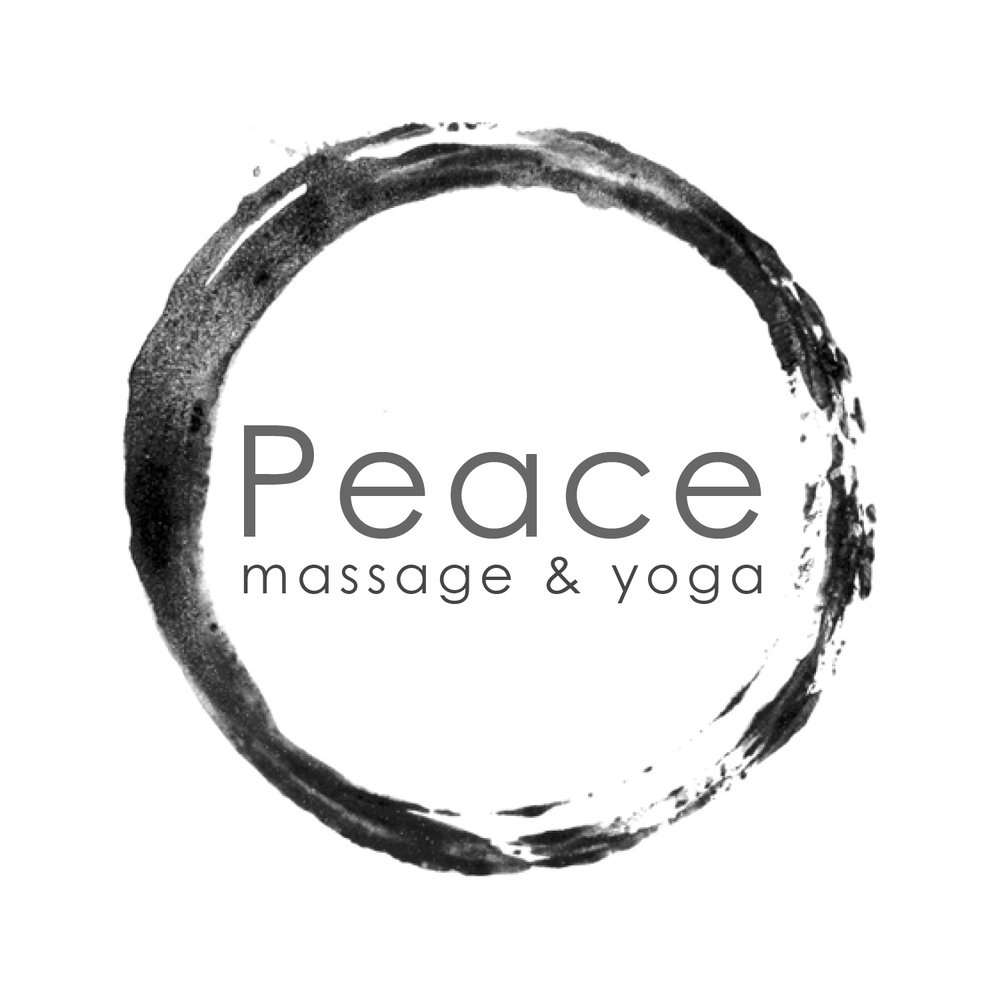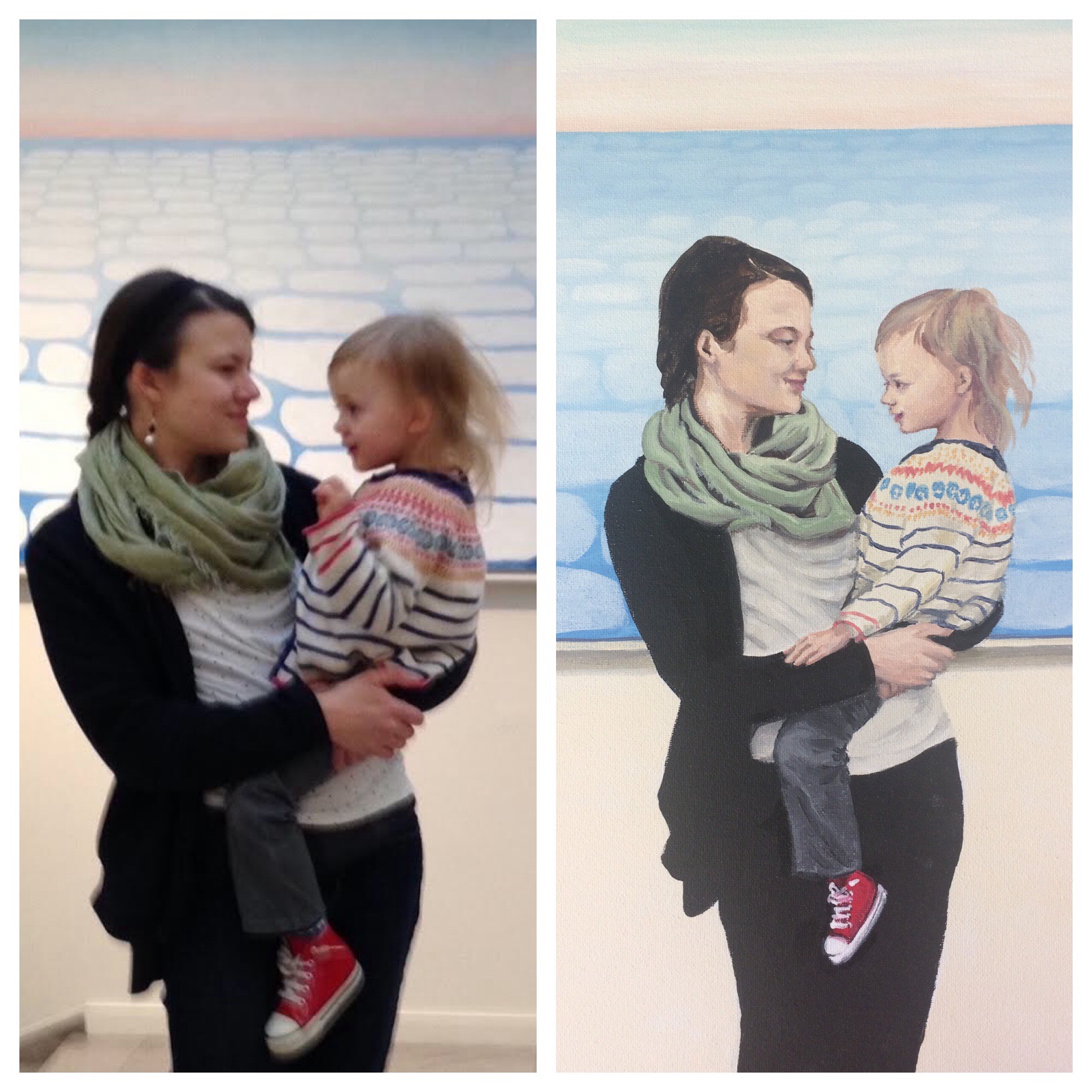a. Gather supplies and references
b. Sketch and transfer images
c. Paint flat colors in the painting – this part is so fast and gratifying!
3. Development and refinement – Definitely the uphill part of the process! Usually, I don’t already have the skills to do what I envision, so I have to learn and earn those skills. The first part of this process is somewhat grueling, and then as the skills become stronger, the process accelerates and is easier to complete. In general, I paint from the background to the foreground. This generates momentum because the background is usually larger than the foreground. Also, I am usually more excited about painting the subject or foreground: it is like eating your veggies and having dessert later. :)
4. Refinement and completion – This phase usually has a downhill momentum as the steps that need to be completed are clear. Details often take more time than I was expecting, but it is a clear process. For me, finishing a painting is usually quick and anti-climactic in a good way.
5. Hang and enjoy – Now you get to live with the art! Or give it to someone else to live with. It has a life of its own. I will usually notice things that can be improved, but I try to relax with this saying: “finished, not perfect.” The creative energy of this process lives in the painting and inspires the next wave in my life.
How do you experience creative process in your life?













